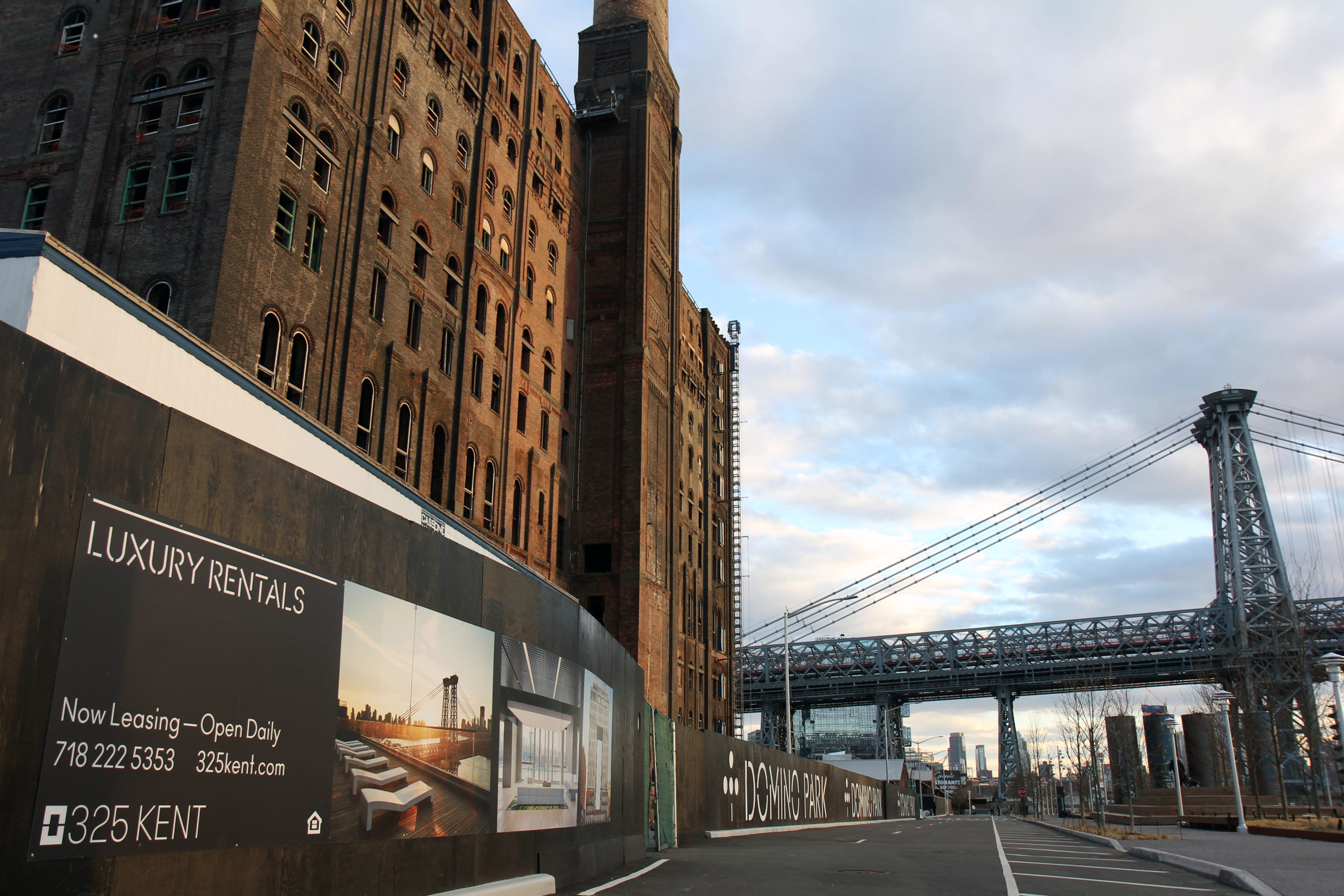Demands for racial impact studies grow amid de Blasio rezonings

Tommy Torres is used to watching friends and families move away from the State Assembly’s 53rd district, encompassing Williamsburg and Bushwick. It’s an exodus that the Democratic district leader says has taken place little by little over the last few decades, as rising rents and rapid development slowly rendered the neighborhood unaffordable to longtime residents.
But the pace of that displacement quickened noticeably in 2005, Torres said, after then-Mayor Michael Bloomberg’s administration approved a rezoning in Williamsburg that paved the way for the building of dozens of high-rises along its waterfront.
“That started the whole thing,” Torres said. “Luxury developments started being constructed, and our black and Latino families just couldn’t keep up.”

Brooklyn Boro
View MoreNew York City’s most populous borough, Brooklyn, is home to nearly 2.6 million residents. If Brooklyn were an independent city it would be the fourth largest city in the United States. While Brooklyn has become the epitome of ‘cool and hip’ in recent years, for those that were born here, raised families here and improved communities over the years, Brooklyn has never been ‘uncool’.